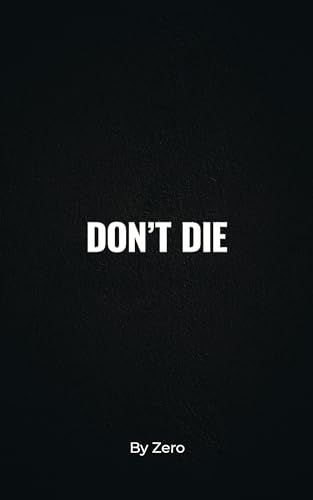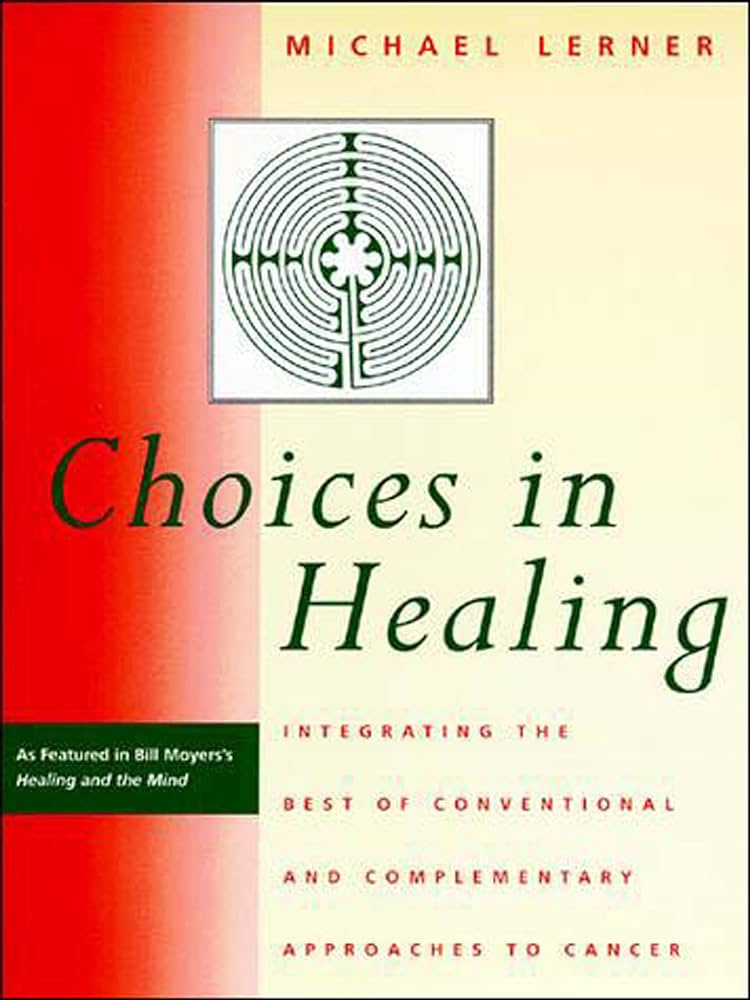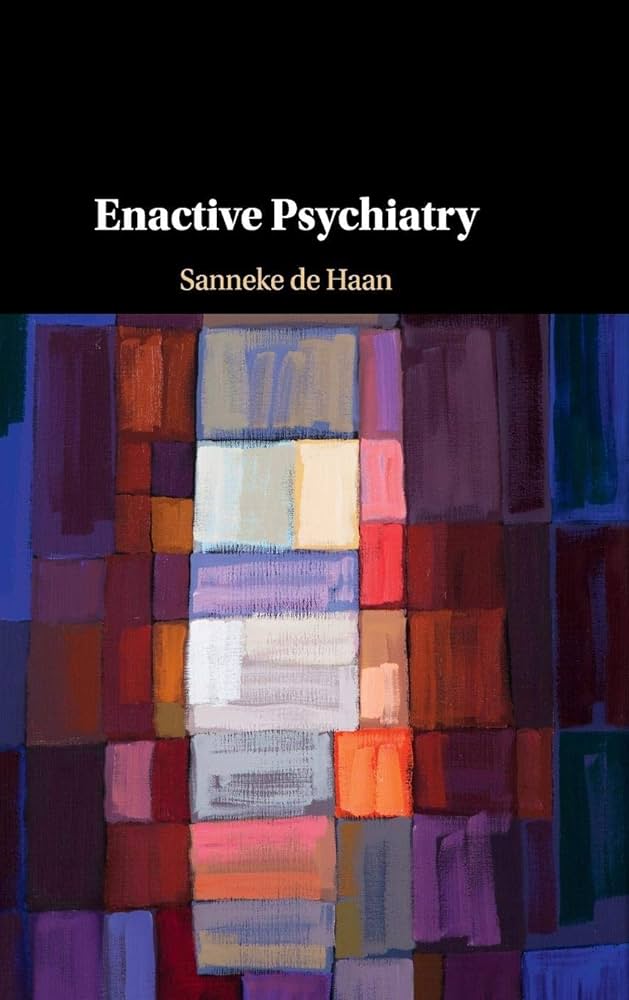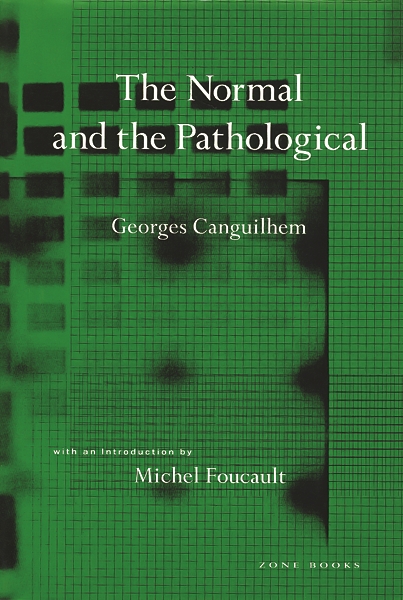Book Reviews, Spring 2024
Most of my reading these days is focused on psychology and deepening my understanding of cultural determinants of health. I keep a digital bookshelf of things I’ve read each year on my site, and do a roundup of mini-reviews at the end of each year. I thought it would be nice to share some reflections on relevant books as I go along with this project. Here are 5 books I’ve read since January and how they’ve informed my thinking.
Don’t Die

I spent the first few weeks of the year at Vitalia, breathing in island air while exploring longevity. Naturally I decided to read Bryan Johnson’s Socratic text, Don’t Die. The book impressed me right off the bat: the author is a man who knows himself well. It is structured as a series of dialogues between characters named things like “Model Builder,” “Seeks Authority,” “Devil May Care,” “Dark Humor,” “Depression,” “Relentless,” and of course “Blueprint,” representing different parts of Johnson’s psyche. It’s impossible to miss that he’s worked with Internal Family Systems or similar parts work.
The dialogues expound the key themes of Johnson’s philosophy, from the correct organization of society in our time, to the relationship between parts and wholes, to the role of the body, and even topics like the evolutionary purpose of depression. I was impressed with the coherence of his thinking, even if I disagreed with most of it. The most important theme in the book is the delegation of choice and conscious control to “autonomous” decisionmaking systems. This is obviously what Johnson has done by protocolizing his personal health routines. But in the book it became clear that he also sees a moral imperative to protocolize on other levels as well. Here is the key quote.
“We are already living in an increasingly autonomous age, with a slow erosion of human decision-making. All systems tend toward autonomy with the trend always removing the human from the decision or operations loop. The way that people describe their relationship to automated systems is evolving as well. The problem is that this has mostly happened without full ethical or causal considerations—considerations that we must take up if we are to try to solve the biggest and thorniest problems we face like climate change or efficient local or global governance. The driving hypothesis of my work is that each kind of automation will follow the same trajectory as all the others but just at different scales. In other words, the lessons learned from the Autonomous Body are scaled up to meet the demands and constraints of solving global problems like our planet’s metabolic health as a whole. And one day, I can imagine the world’s oceans, atmosphere, and some sort of homeostatic range will be tracked to the same accuracy and precision that one’s bodily measurements could be today. The earth has to balance its extraordinarily complex biosphere just as our body has to fight to achieve balance in what it lords over.”
This put Johnson’s ideas in a more aspirational frame. I appreciate his thinking with regard to planetary health. But when it comes to local and global governance, I disagree. Human decisionmaking is faulty and incomplete, but I see that as a feature, not a bug. It is the source moral growth and wisdom. I want to live in a society in which people are led to make meaningful choices at greater and greater levels of importance throughout their lives. I think such a civilization will produce better people and more virtuous outcomes.
Choices in Healing

When I shared the early ideas for Care Culture with my friend Lawrence, he thought it sounded a bit like Choices in Healing by Michael Lerner. This book was published in the 90s and came out of a landmark study, Unconventional Cancer Treatments, conducted by the U.S. Congress Office of Technology Assessment. Lerner was involved in this study, and runs his own cancer care center in California where he integrates a variety of established and unconventional treatment methods.
The book follows a similar trajectory to the OTA study, covering different cancer treatments, including conventional radiation therapy, psychological interventions, various diets, massage, and even reiki and spiritual approaches. It explores the nature of these treatments as well as the evidence for each.
One of the most striking chapter’s in Choices discusses the differences between American, German, French, British, and Japanese approaches to cancer care. Lerner makes clear that American approach to cancer care, and healthcare in general, is considered unusually brutal by these other cultures. The French value the integrity and aesthetics of the body and are strongly disinclined to mastectomies and surgeries on sexual organs. Germany has a strong naturopathic approach to therapy, offering a much wider array of cancer drugs than America, with a focus on humane treatment exemplified by its Steiner-inspired anthroposophical hospitals. American medicine and cancer treatment by contrast is more likely to perform aggressive therapies and prescribe intense courses of radiation treatment. As Lerner notes, no country has separated biomedicine from other practices (preventative care, naturopathic and traditional medicine, sauna and spa treatments) than America. Yet no studies have yet reported that America’s cancer care success rates are better.
The other chapters I found illuminating are those dealing with psychological and spiritual care. Lerner emphasizes the difference between curing and healing. No cancer treatment, he points out, promises a cure at all. Healing, however, is more than the alleviation of disease. In a beautiful opening chapter, Lerner describes healing as “a process of becoming whole on many different levels. . . The healing process not only has a tendency to bring people closer to an appreciation of who they uniquely are and what their unique purpose is in this world. It also brings them closer to God, spirit, inner peace, connectedness, or whatever we choose to call that which is great and mysterious.”
The sections on psychological and spiritual treatments emphasize the role this notion of healing has to play in cancer care. A large body of evidence has shown that psychological treatments—stress-reducing therapies, group therapy, self-hypnosis, and even image work—are effective in lengthening the lifespan of even terminal cancer patients. I was immediately struck by the obvious conclusion that psychological therapies also ought to show similar effects in everyday life. Much of this work, of course, overlaps with research on the health effects of loneliness and social connection. In Choices, psychology is framed as a precursor to social connection.
The treatments covered are somewhat dated at this point, but I wouldn’t hesitate to recommend Choices in Healing to anyone dealing with a cancer diagnosis. Every sentence is written with care that the reader can truly feel. I’m grateful I read this book.
Thus Spoke Zarathustra

I read On the Geneology of Morals last year and followed it up with Nietzsche’s most famous text. It’s a profound book that I couldn’t do justice to in a short space, so I’ll keep my reflections brief.
It’s Nietzsche’s world, we’re just living in it. So many of Nietzsche’s proclamations which apparently revolted his contemporaries are commonplace today. He himself projected that his book is not for his time, but a time in the future. One can’t read this and fail to see how many of his ideas have filtered into our culture. And yet, so few are truly engaged with the project of self-overcoming. This is one respect in which I find Bryan Johnson interesting. He has taken over from Kanye West as the best representative of Nietszschean character today.
I’ve been rereading Jung’s gnostic journal, his Red Book, and found that Jung is truly the inheritor of Nietzsche’s project in the 20th century. He uses much of Nietzsche’s language, like “overcoming” and “going under,” but he in no way cheapens Nietzsche—he lives and extends it. He travels Nietzsche’s path through overcoming his own Christianity and finding the source of spirituality within his own soul, reckoning and integrating his own evil, and becoming an overman: a person who creates a new sense of morality, one which lived on in the 20th century through his school of analytic psychology and those inspired by it. I’ve heard that Peter Kingsley is Jung’s proper inheritor, and I am curious to read his works and see if the Nietzschean strain lives in him as well.
Enactive Psychiatry

Enactive Psychiatry was recommended to me by Jessica Ocean of the organization Psych Crisis. A very academic book adapted from the author Sanneke de Haan’s PhD thesis, it lays out a theoretical model of psychology and psychiatric care that goes even further than the biopsychosocial model.
The first part of the book is dedicated to familiar critiques of neuro-reductionist, monocausal, and dualistic psychological theories and practices. de Haan even critiques the biopsychosocial model on the grounds that nobody really knows how to implement it. The enactive model she describes in the next part of the book is very robust and has concrete implementation strategies.
The best part of this book is the clear explanation of what de Haan calls the “existential” aspect of psychology. She makes very clear that living implies sense-making and evaluative stance-taking, not only on the world but also on oneself as a self-reflexive being. Understanding the evaluative and moral properties of human life is crucial to my understanding of psychology (and cultural determinants!) and it was good to see it explained in such depth here, especially in relation to the physiological, and environmental aspects of psychiatric care.
This book is dense, and it needs a kind of second translator to make it easy to put into clinical terms. But it got me thinking much more seriously about interprofessional practice and integrative clinics, and future models of care that bring together different types of practitioners. I took a lot of notes on this and think I might be interested in hosting a reading group on it through Care Culture in the future.
The Normal and the Pathological

I’m closing with the one I finished most recently. The Normal and the Pathological is a delight to hold and look at because the editions published over at Zone Books are so well made and well typeset. But it took me far too long to finish because of the frustrating linguistic tendencies of dense French philosophy. I am glad to be done with it.
The author, Georges Canguilem, a philosopher of science, was a mentor to many even more famous 20th century French philosophers, among them Foucault, Derrida, Althusser, and Bourdieu. In this monograph he sets out to explain the relationship between the normal and the pathological. He first goes about this by dismantling the idea that pathological phenomena are differences in quantity from a baseline state of normalcy. The problem with this, of course, is that “normal” cannot be defined in a purely objective way. Instead, Canguilhem favors the idea that pathological states represent a different “normal,” a different way of life. An easier way to put this is that what it means for us to cope with sickness, injury, or disease is that we set a different baseline for our way of living in order to proceed most easily.
I wish The Normal and the Pathological were less dense because the book really captures many of the fundamental premises of “cultural determinants of health.” Take this quote:
“What one finds in common in the different meanings given today or in the past to the concept of disease is that they form a judgment of virtual value. . . . To be sick is to be harmful or undesirable or socially devalued, etc. On the other hand, from the physiological point of view what is desired in health is obvious and this gives the concept of physical disease a relatively stable meaning. Desirables values are ‘life, a long life, the capacity for reproduction and for physical work, strength, resistance to fatigue, the absence of pain, a state in which one notices the body as little as possible outside the joyous sense of existence.’”
On the other hand, it appears that Canguilhem would find allies in today’s longevity movement. One of the best sections of the book is devoted to the idea of biological norms. “The fact that a living man reacts to a lesion, infection, functional anarchy by means of a diseases, expresses the fundamental fact that life is not indifferent to the conditions in which it is possible, that life is poliarity and thereby even an unconscious position of value; in short, life is a normative activity.” (Emphasis mine.)
I didn’t enjoy this read, and I wouldn’t recommend it to anyone except philosophers of medicine who could take from it some interesting analytical techniques.
That does it for January through March. I’ve already made my way through a couple more. I’m moving most of my psychology books with me from New York to California, but storing a good deal of my philosophy books, so I won’t have those over the summer. I usually read less over the summer anyway; I like to dedicate the warmest months one classic work of Western literature that I can peruse in a more leisurely way. This time I’m thinking Dostoevsky or Bulgakov, two deeply psychological authors. We’ll see what they have to say.
Member discussion